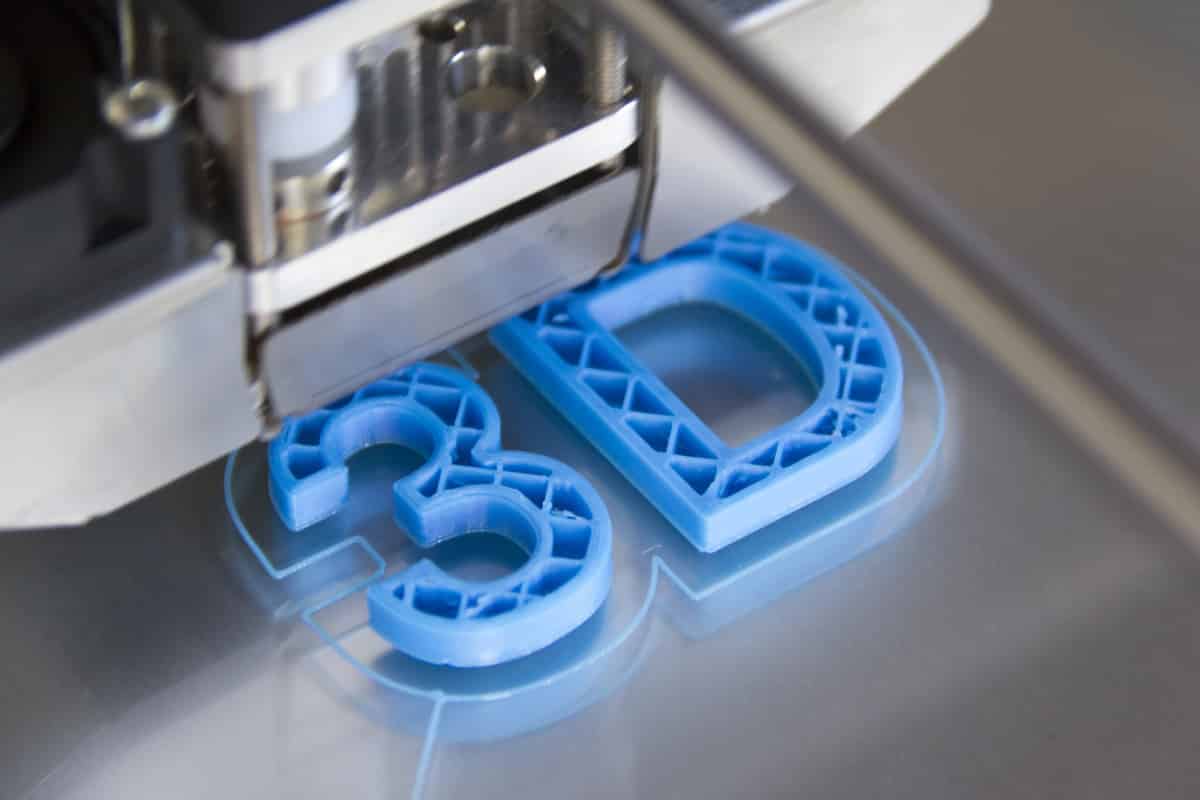Print management has evolved significantly over the past few years. The advent of zero-touch print workflows has revolutionized how businesses manage their printing tasks. By minimizing human intervention, zero-touch workflows enhance efficiency and reduce the risk of errors, making them an ideal solution for many organizations.
If you’re curious about what zero-touch print workflows can bring to your business, this article will shed light on their benefits, implementation, and related concepts.

What are Zero-Touch Print Workflows?
At its core, a zero-touch print workflow automates the entire printing processfrom initiating print jobs to completionwithout the need for manual intervention. This process employs advanced technology solutions such as IoT and artificial intelligence to manage, control, and optimize print tasks seamlessly.
Benefits of Implementing Zero-Touch Workflows
1. Increased Efficiency and Productivity
By adopting zero-touch print workflows, businesses can significantly enhance efficiency. These workflows optimize print tasks, eliminating the need for constant monitoring and manual adjustments. This translates to improved productivity as employees can focus on other essential tasks.
2. Cost Savings
With reduced reliance on human resources for print management, businesses can save on labor costs. Additionally, these workflows can help decrease paper and ink waste by automating and streamlining print jobs, further boosting the bottom line.
3. Enhanced Security
By integrating security protocols within the automated workflow, sensitive data is protected during the printing process. Find more about two-factor authentication for printers to enhance security.
Key Technologies Involved
1. Internet of Things (IoT)
The IoT plays a pivotal role in zero-touch print workflows. By connecting devices and systems, IoT allows seamless communication and operation. For more on IoT’s broader applications, visit Digi’s blog on IoT in manufacturing.
2. Artificial Intelligence (AI)
AI algorithms can predict, analyze, and optimize print jobs. By understanding patterns and preferences, AI can automate tasks without the need for manual inputs, adding significant value to the zero-touch model.
Implementation Steps
1. Assessment and Planning
An initial assessment of current print operations is crucial. This step involves identifying pain points, determining potential automation benefits, and setting goals for the transition.
2. Choosing the Right Technology
Select technologies that align with your company’s needs. Viable options include AI-driven software and IoT devices, which can work harmoniously to streamline operations.
3. Gradual Integration
Implement the new system in phases to allow for adjustments and staff acclimatization. This approach helps optimize the effectiveness of the new workflows.
Challenges and Solutions
1. Resistance to Change
Employees might resist new systems due to unfamiliarity. Offering comprehensive training and demonstrating the value of zero-touch print workflows can ease the transition.
2. Technology Costs
Although initial setup costs can be high, the long-term savings and efficiencies justify the investment.
Future of Printing Technologies
As technology continues to evolve, so too will print management solutions. Zero-touch print workflows are just the beginning. Explore more advancements in streamlined print operations.
Conclusion: Embracing Zero-Touch Workflows
In conclusion, businesses that embrace zero-touch print workflows position themselves for greater efficiency, cost savings, and security. While the transition requires careful planning, the benefits far outweigh the challenges, leading to a transformative impact on print operations.

FAQs
1. What is a zero-touch print workflow?
A zero-touch print workflow automates the printing process, reducing the need for manual intervention, enhancing efficiency, and securing print jobs.
2. How does IoT benefit print workflows?
IoT facilitates seamless communication between devices, allowing for smooth and efficient management of print tasks without manual oversight.
3. What are the advantages of AI in printing?
AI enhances the capability to predict, optimize, and automate print tasks based on patterns, reducing errors and increasing efficiency.
This article contains affiliate links. We may earn a commission at no extra cost to you.







